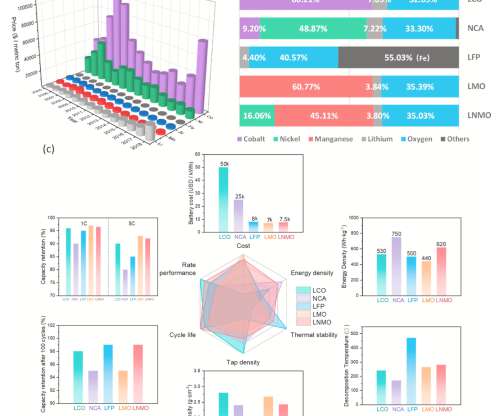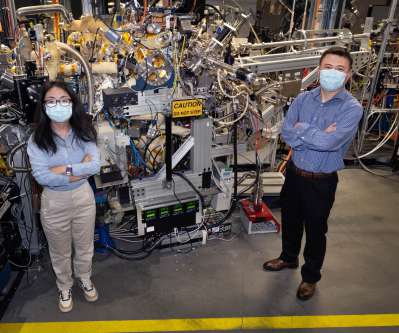PNNL: single-crystal nickel-rich cathode holds promise for next-generation Li-ion batteries
Green Car Congress
DECEMBER 11, 2020
Scientists at the US Department of Energy’s Pacific Northwest National Laboratory (PNNL) report new findings about how to make a single-crystal, nickel-rich cathode hardier and more efficient. We observe reversible planar gliding and microcracking along the (003) plane in a single-crystalline Ni-rich cathode. —Bi et al.






























Let's personalize your content